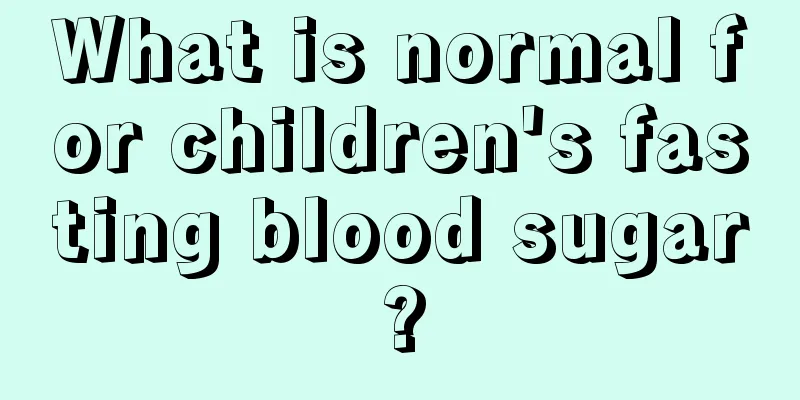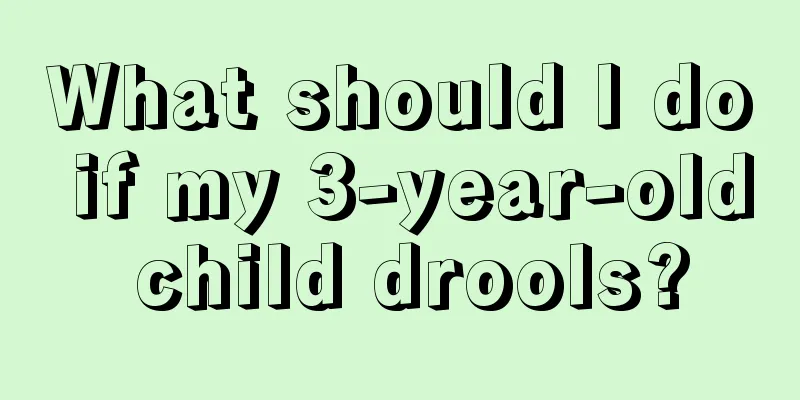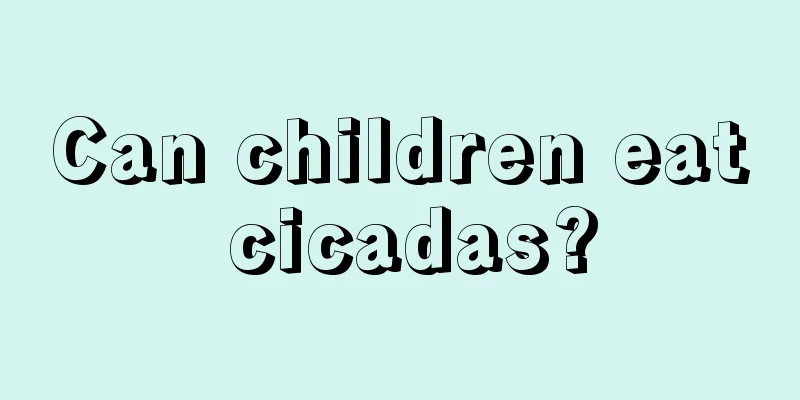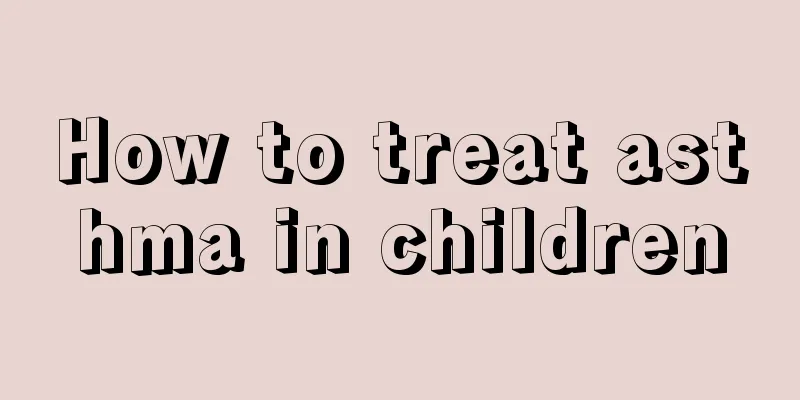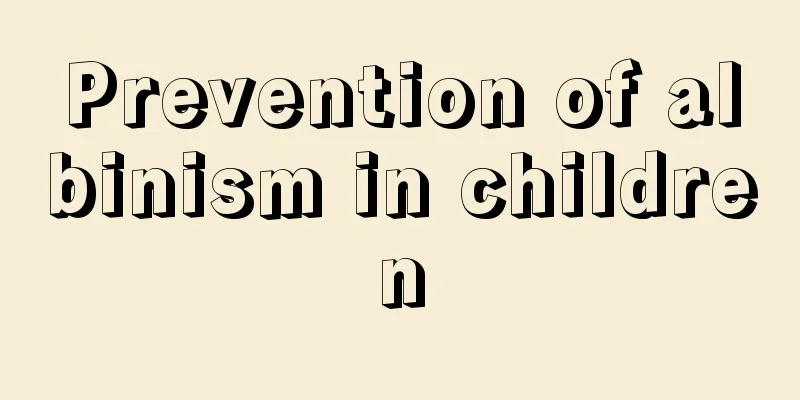How to treat herpes in children? Common treatments are these
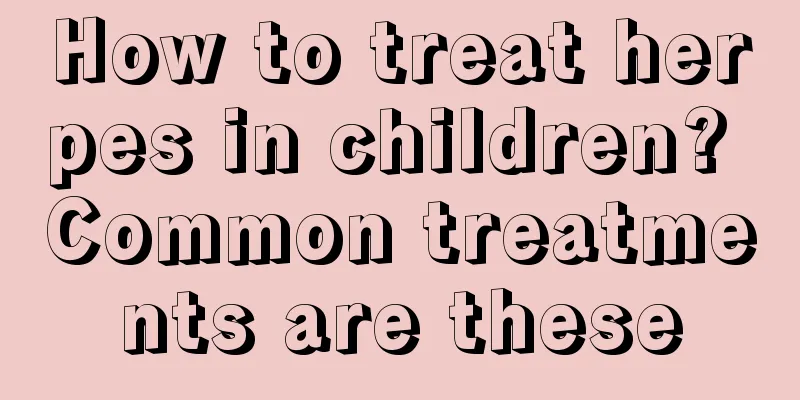
|
If herpes appears in a child, parents should pay great attention to it. Herpes will have different hazards when it appears in different parts of the body. If it appears in the trigeminal nerve, it may cause blindness in the child. If it is shingles, the baby will have a fever all over the body, and in severe cases it may even lead to the death of the child. Therefore, timely treatment is required. The scientific treatment methods are as follows. First, what should I do if my child has herpes? Since the child's physical functions are not yet fully developed, it is recommended that the child's parents treat the child with Chinese medicine, because Chinese medicine has fewer side effects than Western medicine. Traditional Chinese medicine believes that herpes is mostly caused by insufficient vital energy, internal accumulation of dampness and heat, which block the skin, resulting in qi stagnation and blood stasis, and meridian dysfunction, which then manifests itself through the liver and gallbladder meridians. Therefore, children can take oral antiviral medicines, isatis root granules, etc., decoctions often use honeysuckle, forsythia, isatis root, mint, gypsum, bamboo leaves, raw rehmannia, etc. Effective ready-made medicines can include compound isatis leaf mixture, pediatric bezoar powder, etc., and direct spraying of double-grain throat powder is also effective. The powdered powder can directly act on the local lesion to directly achieve the purpose of anti-inflammatory and analgesic. Treatment should be timely to relieve pain. Since patients with shingles often experience varying degrees of pain, general discomfort, low-grade fever, loss of appetite and other symptoms, patients should be advised to actively cooperate with treatment and try to avoid scratching with their hands to avoid secondary infection and aggravation of the condition. When the pain is severe, patients with shingles can take painkillers or inject procaine around the corresponding nerves, which can often provide rapid relief. Acupuncture can also be used for treatment. Second, what are the symptoms of herpes in children? The onset is sudden. Before the rash appears, there may be mild systemic symptoms such as low fever, fatigue, and general discomfort, as well as tingling or burning pain in the affected skin. When the pain is severe, it may be misdiagnosed as diseases such as acute abdomen. The most common sites are the chest (intercostal nerve distribution area) and forehead (trigeminal nerve distribution area), followed by the neck, abdomen, limbs, etc. The rash is characterized by groups of shiny blisters ranging in size from mung beans to rice grains with a red base, which are distributed unilaterally along the peripheral nerves and arranged in a band-like manner. The skin between each group of blisters is normal. The blisters burst in about 1 or 2 weeks, forming scabs or being absorbed and dried, leaving pigmentation after the scabs fall off. In severe cases, the disease may spread throughout the body, which is called generalized herpes zoster. Neuralgia is paroxysmal, tingling, burning or hyperesthesia. The degree of pain increases with age. Elderly patients experience severe pain, which is even unbearable. Third, what causes herpes in children? Basal cell liquefaction refers to the cavitation or fragmentation of epidermal basal cells. In severe cases, the basal cell layer disappears, and the spinous cells are in direct contact with the dermis. Immunity, genetics, and drug allergies are often the causes of basal cell liquefaction, which is seen in hereditary epidermolysis carcinoma, systemic lupus erythematosus, dermatomyositis, erythema multiforme, drug eruption, and ulcerative lichen planus. Basement membrane lesions refer to the deposition of autoantibodies or congenital pathological defects in the basement membrane, which are caused by autoimmunity and genetics. Watery dysentery diseases caused by basement membrane lesions include pemphigoid herpes, herpes gestationis, cicatricial pemphigoid, dermatitis herpetiformis, linear epidermolysis bullosa, acquired epidermolysis carcinomatosa, congenital epidermolysis bullosa, and incontinence pigmenti. Due to intracellular edema, the volume of epidermal cells increases, forming a balloon shape. The cells swell and rupture, and the adjacent remaining cell membranes connect into multiple reticular septa, finally forming multilocular ulcers, which are more common in viral infectious skin diseases. Boils are formed due to the widening of the intercellular spaces caused by the increase of intercellular fluid. They are seen in eczema, contact dermatitis, and sweat herpes. It is mostly caused by immune complex type allergic reaction, and ulcers are formed due to inflammation and necrosis of tissues, such as allergic vasculitis. |
<<: Why does my child always burp after feeding?
>>: What is the correct treatment for enteritis in children?
Recommend
What's wrong with babies not sleeping during the day?
What’s the problem if a six-month-old baby doesn’...
How to prepare newborn milk powder, you should pay attention to these points
The issue of preparing milk powder for newborns i...
What to do if your baby has hard stools
Some stool conditions of babies usually reflect t...
Grandma's words almost cost the baby's life
According to media reports: On the second floor o...
What are the surgeries for phimosis in children?
It is very common for children to have phimosis, ...
Sebaceous gland dysplasia in children
I don't know if you have heard of the disease...
What are the symptoms of laryngitis in children?
The so-called pediatric laryngitis is the pediatr...
What is the best food for children with anal prolapse
If a child has rectal prolapse, parents can help ...
Why does the child cry suddenly at night?
If a child suddenly starts crying loudly at night...
What are the symptoms of acute pharyngitis in children?
Pharyngitis is a respiratory infection disease th...
What should I do if my four-month-old baby sweats a lot?
Taking care of a baby is a meticulous job, especi...
What should I do if my child has a fever and talks nonsense?
Children's fever is generally not very seriou...
What foods can cause early puberty?
Now our living standards are getting higher and h...
Heel blood screening method
Many people feel unfamiliar when they see heel bl...
What are the effects of pediatric undescended testicle surgery?
The cryptorchid surgery for children is actually ...




